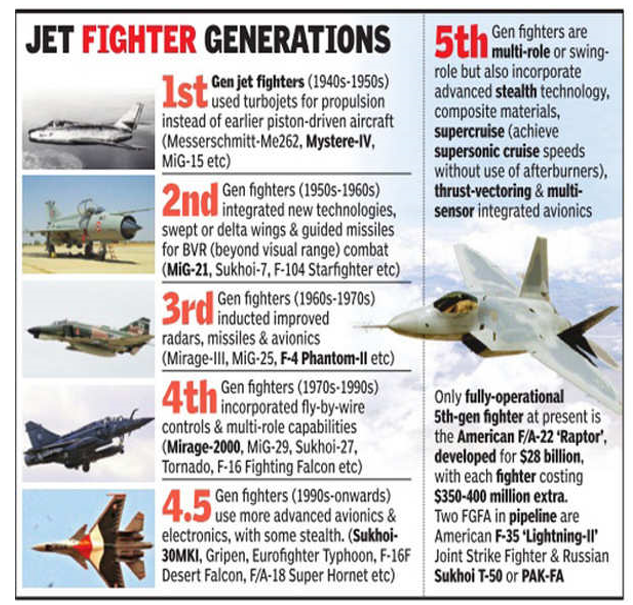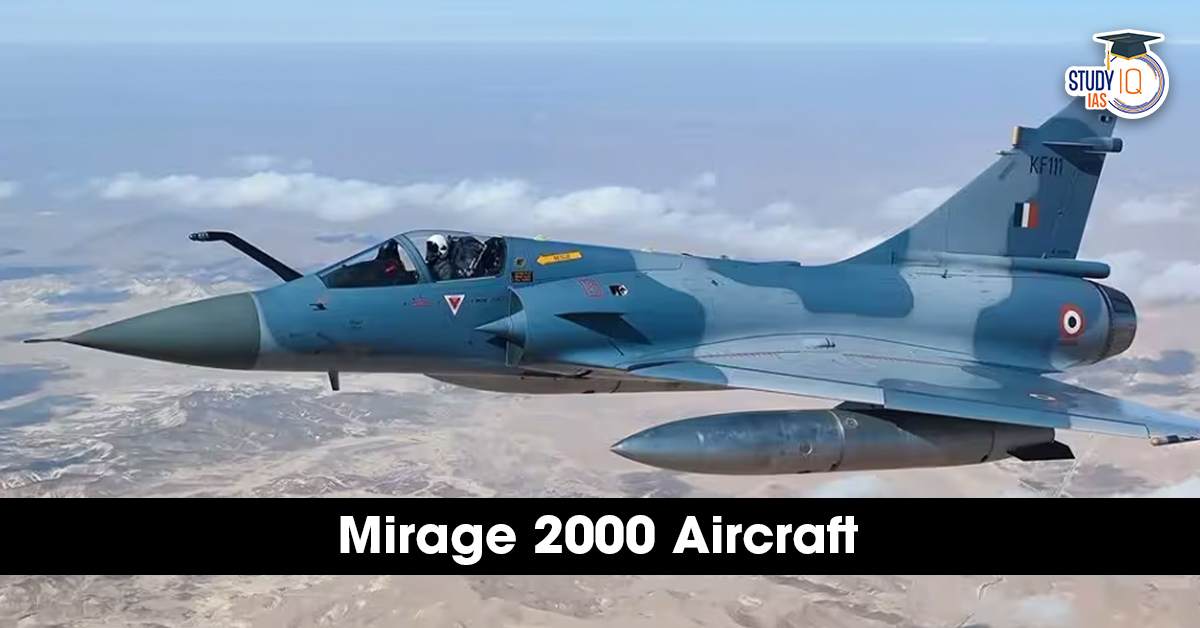Table of Contents
The Mirage 2000 is one of the most powerful multirole fighter aircraft in the arsenal of the Indian Air Force (IAF). Manufactured by the French aerospace giant Dassault Aviation, the Mirage 2000 has played a pivotal role in bolstering India’s aerial combat capabilities since the 1980s. Its unmatched precision, versatility, and combat history, including operations like Kargil War and the 2019 Balakot airstrike, make it a cornerstone of India’s air defence.
In this article, we explore the origin, specifications, features, and strategic significance of the Mirage 2000 in the Indian context.
Mirage 2000 Aircraft in Operation Sindoor
The Mirage 2000 may have flown alongside other IAF assets like Rafale, Su-30MKI, and even AWACS planes for reconnaissance, electronic warfare assistance, and general mission efficiency. There were even initial reports of a large-scale IAF exercise featuring these planes as a potential decoy manoeuvre before Operation Sindoor.
Mirage 2000 Aircraft: Key Features and Specifications
The Mirage 2000 Aircraft is a very effective multirole fighter with a reputation for precision-guided munition delivery. It has been employed in the same kind of operations in the past, like the Balakot airstrikes in 2019, to precisely strike targets. The Mirage 2000 is used in several roles, such as air superiority, ground attack, and reconnaissance. Its versatility enables it to be used in various combat situations.
Airframe and Design
- Delta Wing: Its iconic low-set delta wing configuration with leading-edge slats offers great high-speed handling, low drag, and fine manoeuvrability.
- Fly-by-Wire Controls: It features an advanced digital fly-by-wire flight control system to achieve higher agility and control.
- Compact Size: Its compact size, being relatively small, is one reason for its agility and manoeuvrability.
- Robust Construction: Constructed with strong lightweight aluminium-lithium alloys and composite materials for strength and less weight.
Engine and Performance
- Single SNECMA M53 Turbofan: Equipped with a single, high-thrust SNECMA M53 afterburning turbofan engine, giving a high thrust-to-weight ratio.
Supersonic Speed: Can fly at high speeds of more than Mach 2.2 (approximately 2,500+ km/h). - High Rate of Climb: Good rate of climb, enabling it to climb to high altitudes in a short time.
- Good Range: Combat range of approximately 1,550 km, which can be increased with drop tanks.
Avionics
- State-of-the-Art Radar: Depending on the model, it is fitted with state-of-the-art radar systems such as the Thomson-CSF RDY radar (for Mirage 2000-5) or the Thales RBE2 AESA radar (in upgraded variants), providing look-down/shoot-down capability and multi-target tracking.
- Digital Cockpit: Incorporates a contemporary, predominantly digital cockpit with multifunction displays (MFDs) for improved situational awareness.
- Hands-On Throttle-And-Stick (HOTAS) Controls: Enables the pilot to operate critical functions without removing their hands from the main controls.
- Integrated Electronic Warfare Suite: Advanced electronic warfare (EW) suites such as SPECTRA, for self-protection against radar and missile attacks, are included in some models, such as the upgraded Mirage 2000-5.
Navigation Systems: Features advanced Inertial Navigation Systems (INS), usually combined with GPS for precise navigation. - Helmet-Mounted Display (HMD): Integrated in some newer models for better target acquisition and weapon aiming.
- Data Link: Some models are fitted with NATO-compatible Link 16 tactical data links for better communication and coordination.

Also Check: Pakistani F-16 Jet
Role of Mirage 2000 Aircraft in Indian Military Operations
Operation Safed Sagar (1999 Kargil War)
Mirage 2000 earned immense recognition during India’s military intervention in the Kargil War called Operation Safed Sagar. The Mirage contributed significantly to the precision bombing as it hit central targets such as enemy bunkers and gun posts. Its role in hitting such accurate attacks from high altitudes, particularly amid the challenging geography of mountains around Kargil, proved truly invaluable.
Adaptability in Combat
The Mirage 2000 has been an important component of the modernisation drive of the Indian Air Force. It has received a number of upgrades over the years, including improved avionics, radar, and weaponry, to maintain its relevance in modern warfare.
Strategic Importance of Mirage 2000
-
Nuclear Delivery Platform: Capable of delivering tactical nuclear weapons.
-
Border Dominance: Effective in desert warfare (Western front) and high-altitude combat (Northern front).
-
Quick Reaction Alert (QRA): Mirage squadrons often form part of India’s quick response mechanism in crises.
Conclusion
The Mirage 2000 is still among the most significant aircraft in the Indian Air Force’s inventory, being a perfect blend of speed, agility, and firepower. In peacekeeping missions or high-altitude conflict zones, this aircraft’s contribution continues to be vital in upholding India’s air dominance.


 Most Commonly Used Cancer Drugs and Thei...
Most Commonly Used Cancer Drugs and Thei...
 India Launched AI-Powered Traffic Manage...
India Launched AI-Powered Traffic Manage...
 Alzheimer Disease: Characteristics, Caus...
Alzheimer Disease: Characteristics, Caus...





















